The Land of Holes exposes environmental exploitation and injustice quietly ravaging an the community of Brescia.
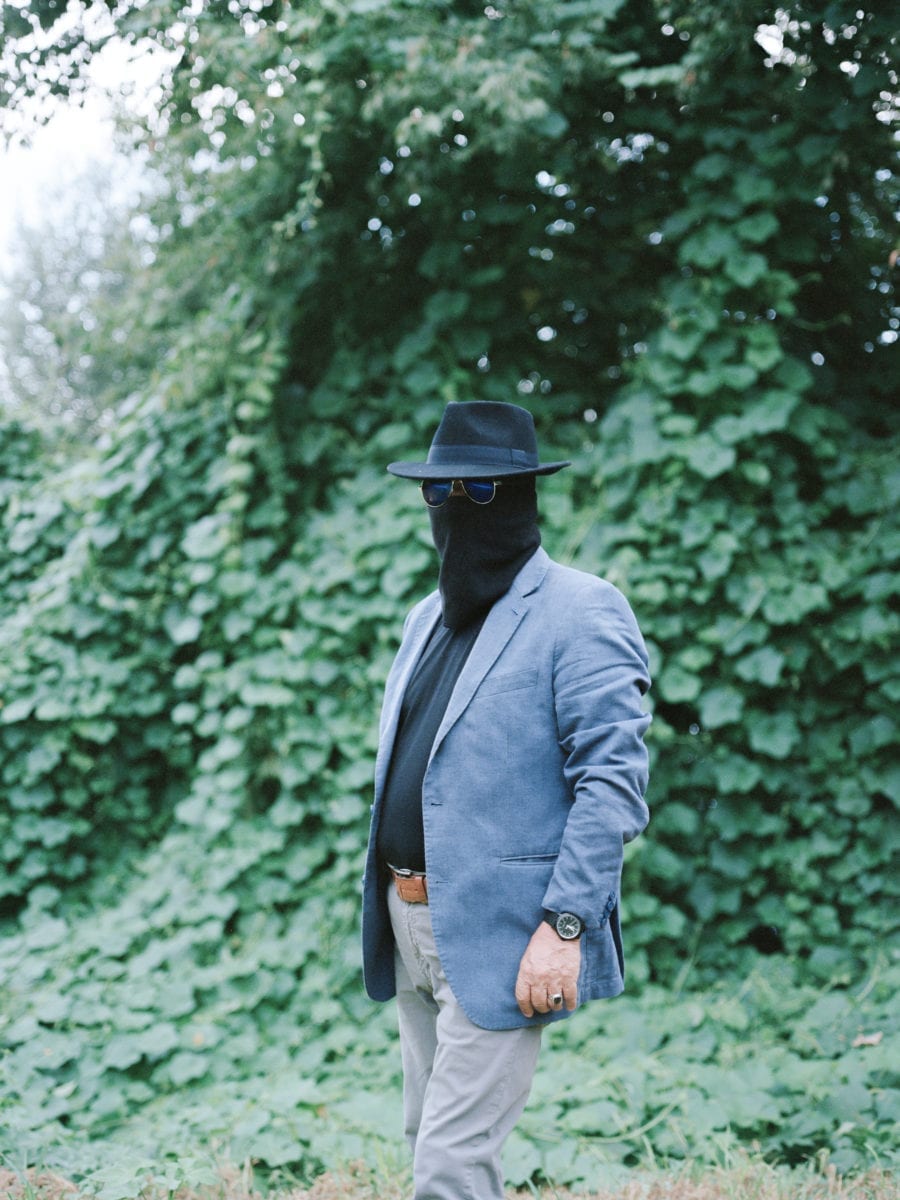

The Land of Holes exposes environmental exploitation and injustice quietly ravaging an the community of Brescia.
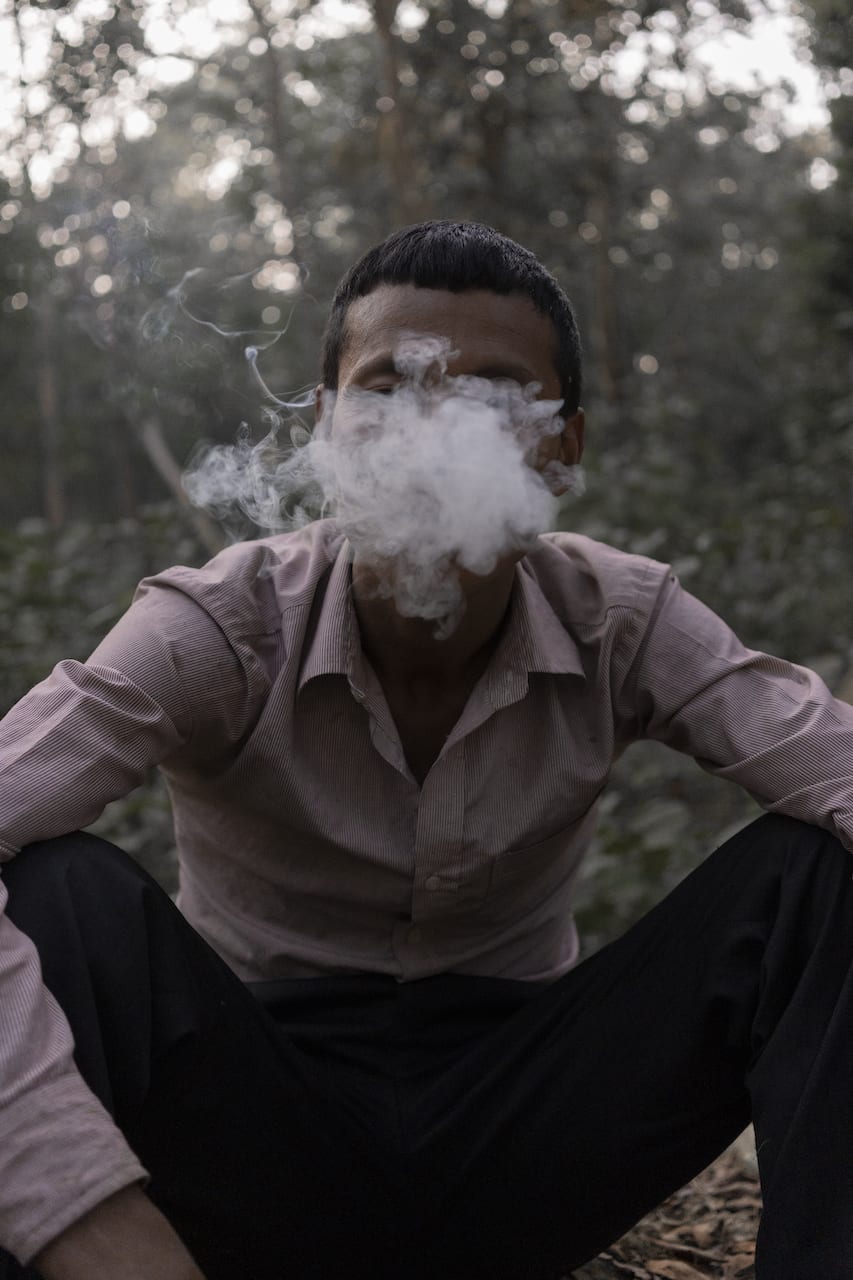
Pietro Lo Casto explores social and environmental issues while touching on humanity, nature and spirits in his graduate project
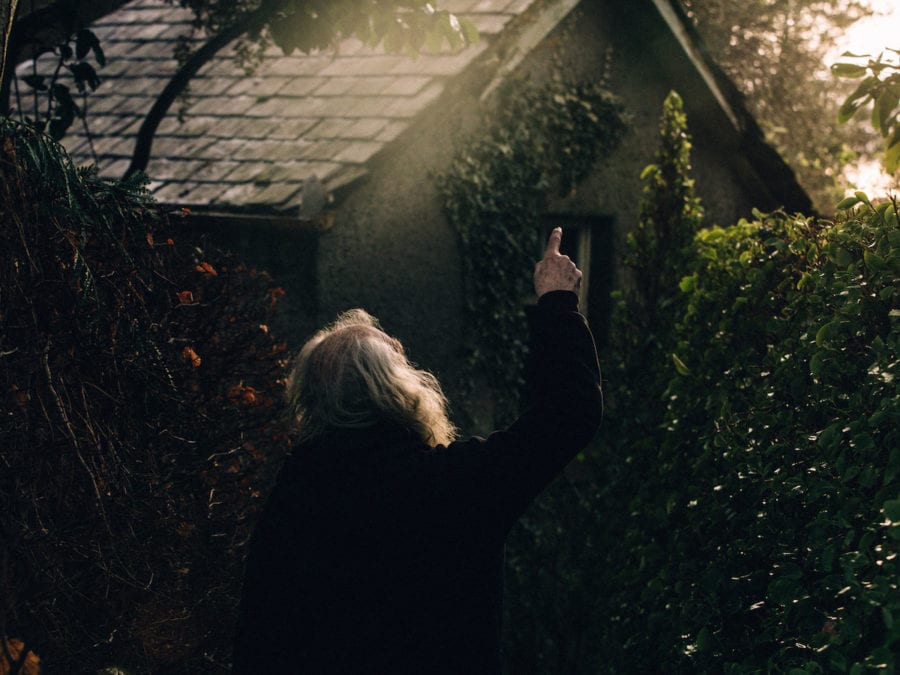
In a new book, A Voice Above the Linn, Lawrence tells the story of Jim Taggart and his gardens, hidden amid a remote valley on the western coast of Scotland
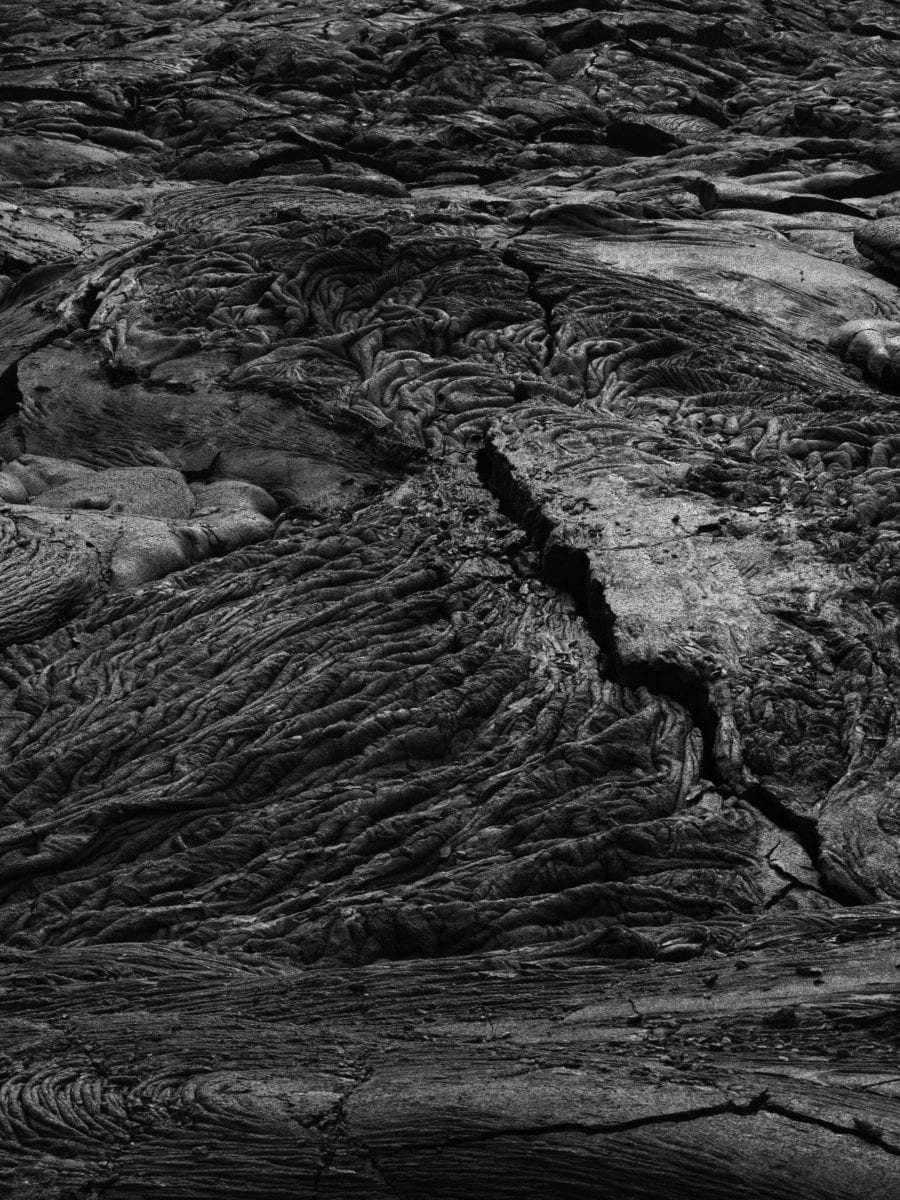
Jude’s latest title is a reminder of the scale of natural forces, which have operated independently of our anthropocentric experiences, billions of years before us, and for billions of years to come

Sofía López Mañán seeks to unravel the boundary between the natural and unnatural, questioning how humans perceive their environment through issues of animal trafficking and environmental conservation
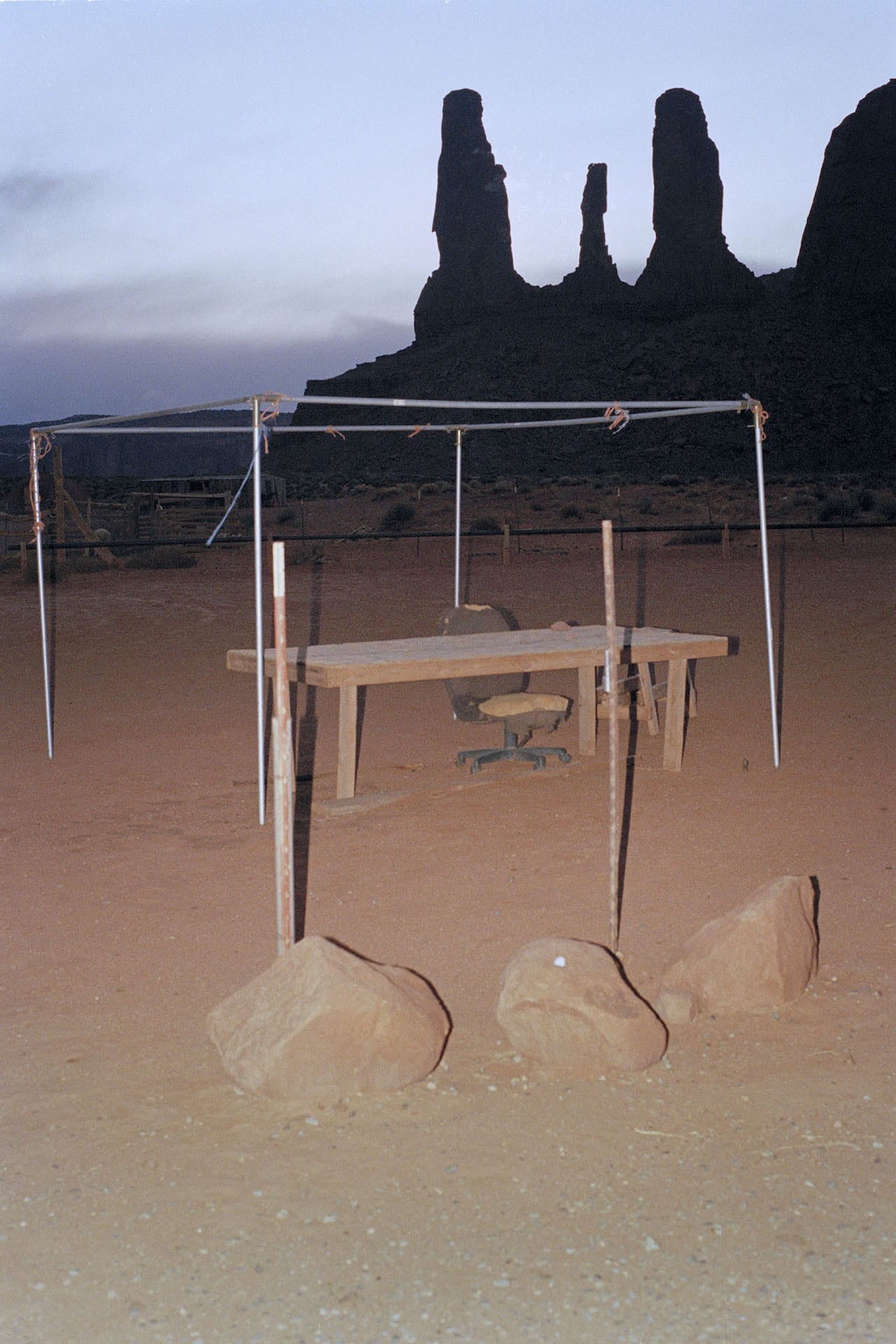
Publications we loved, and the big news stories from the last month in photobooks, including American Winter by Gerry Johansson, Void’s Hunger project, and JA Mortram’s Small Town Inertia
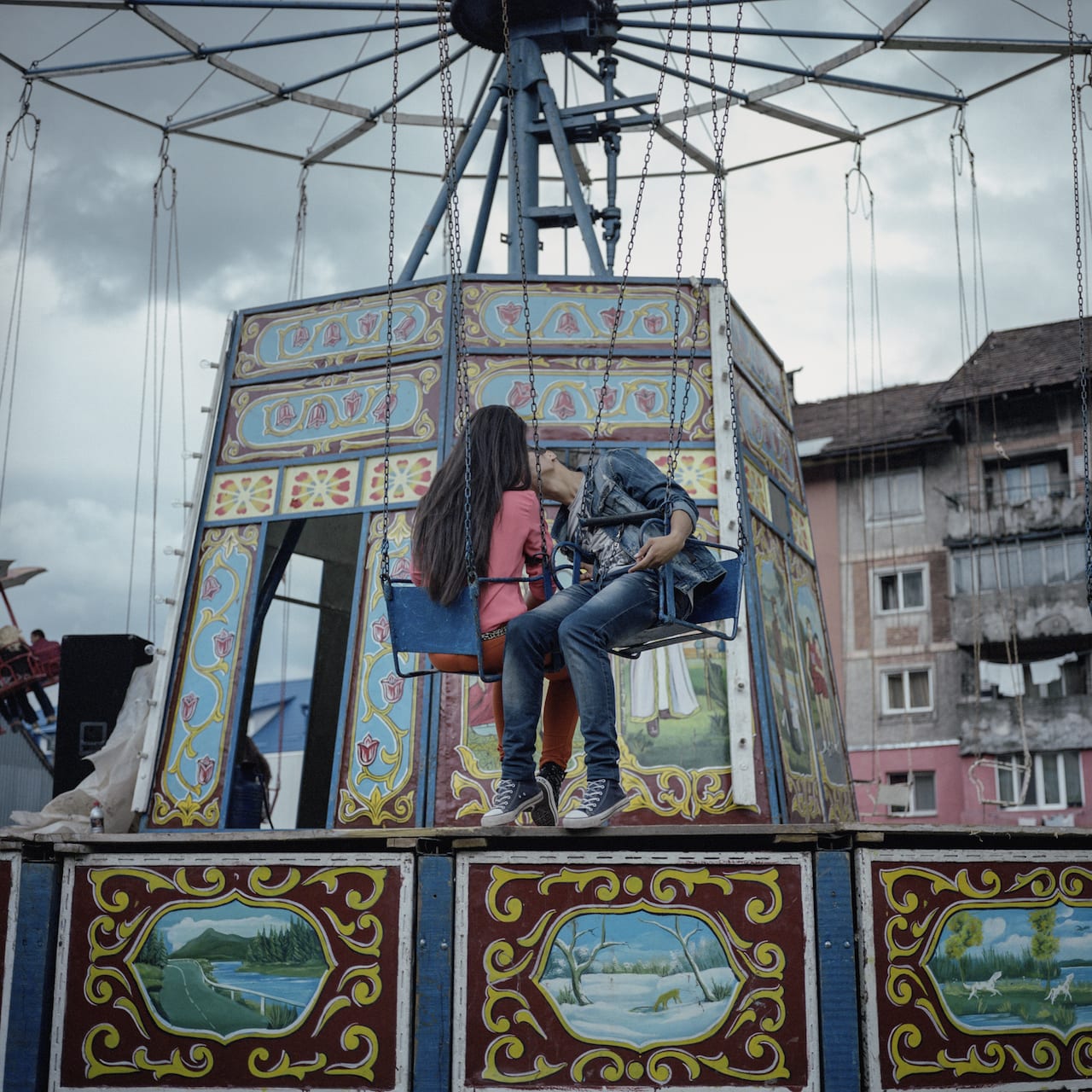
Our pick of the key stories from the past week, including Paris’ Circulation(s) festival of emerging European photography, the first-ever Kyiv Photo Book festival, and Todd Hido’s Bright Black World
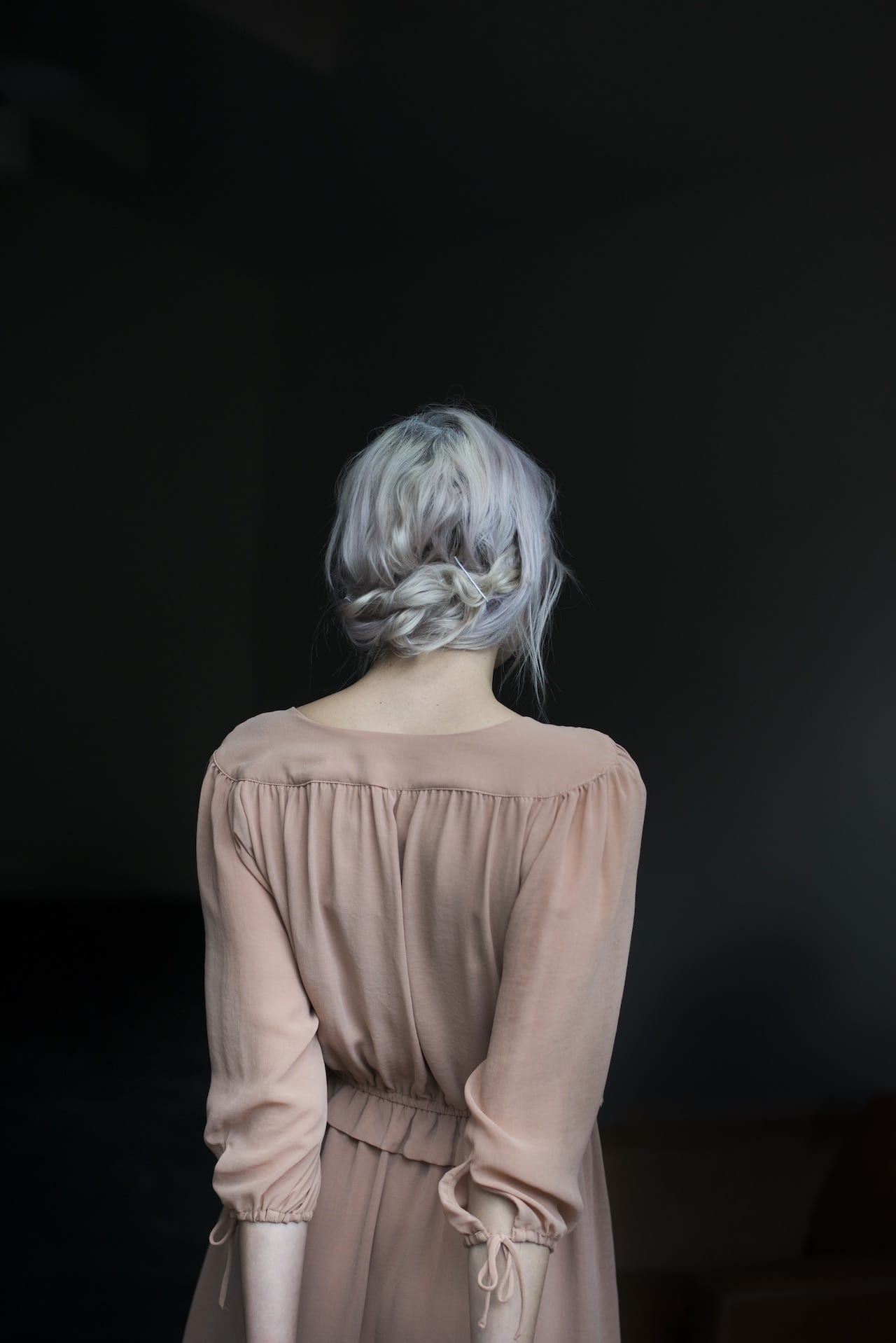
To look through Todd Hido’s lens is to view the world darkly. The San Francisco-based photographer’s entire oeuvre of compelling visual narratives is shrouded in inky obscurity, and in this regard, his latest work is no exception. The difference is that for the first time he has departed from his usual territory of suburban landscape and its relation to his own troubled childhood. Instead Bright Black World results from extensive travels abroad, and is steeped in a deep sense of pessimism about the future from the perspective of the present, attempting to “photograph the darkness that I see coming”.
There is something universally foreboding and immense happening here; work that captures nature on an awesome scale. And yet it can be read as a metaphorical measure of our individual existential lives, a dark poem alluding to our preconditioned mortality. His landscapes are magnificent in their brooding seduction, inspired by Norse mythology and the concept of Fimbulvetr – the long, harsh winter that precedes the end of Earth. Hido travelled to places he’d never visited before to capture these spectacles of natural devastation and melancholy, including the chilly vistas of the Norwegian tundra.

“Most people would walk by a dump pile and assume that there’s no picture there,” says global industrial landscape photographer Edward Burtynsky. “But there’s always a picture, you just have to go in there and find it.” Born in Canada in 1955, Burtynsky has been investigating human-altered landscapes in his artistic practice for over 35 years, capturing the sweeping views of nature altered by industry; from stone, to minerals, oil, transportation, and silicon. “Of course, it’s important to me to make sure that my pictures are attractive to the eye,” he says. “But beneath the surface there’s always a bigger, deeper environmental issue.”